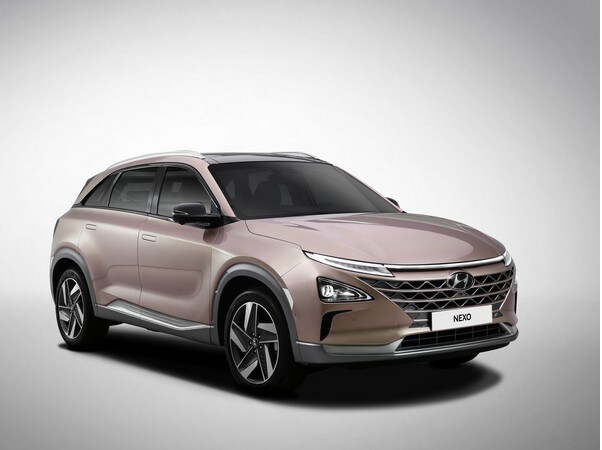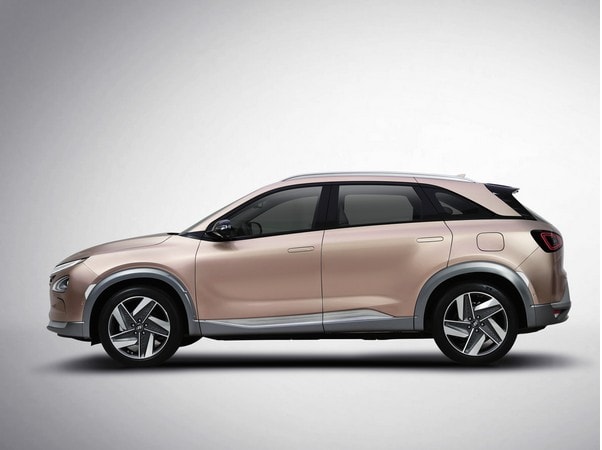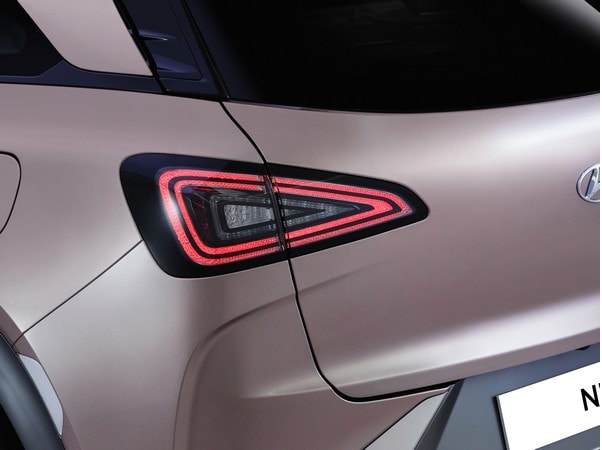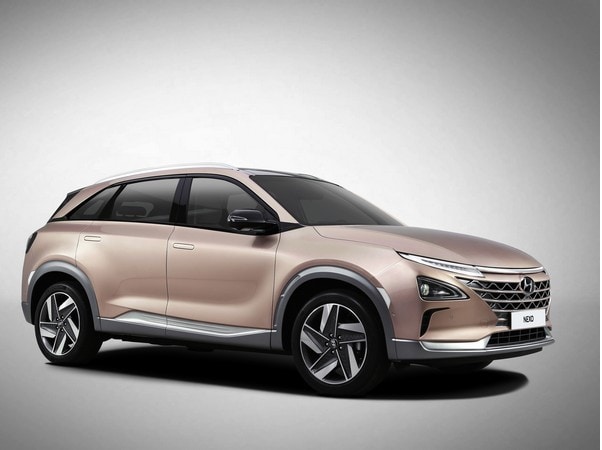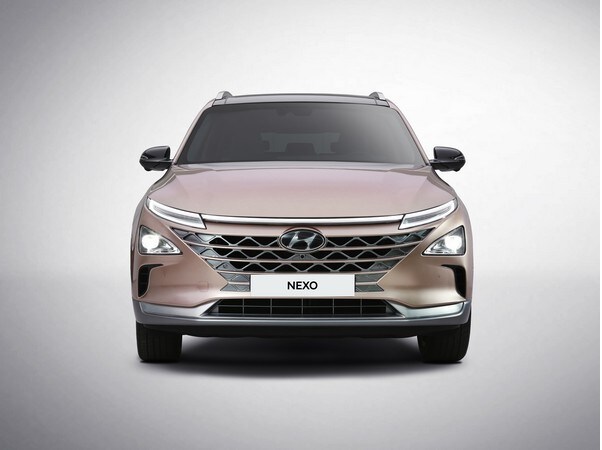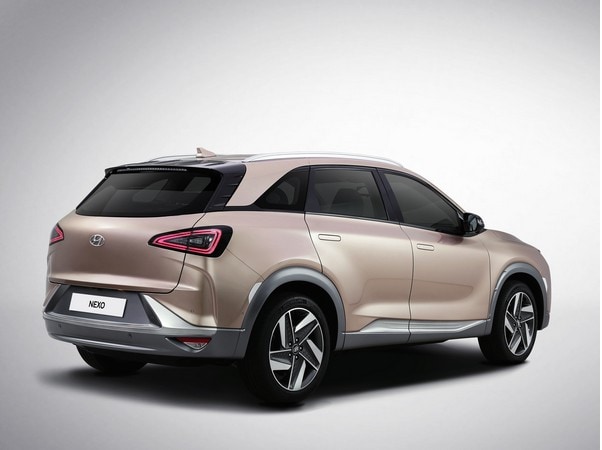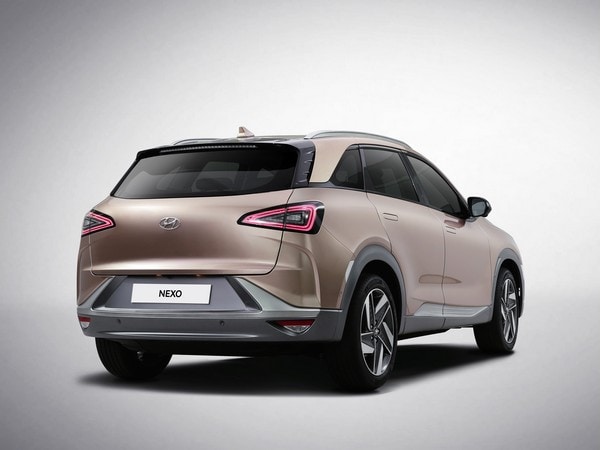Hyundai introduced Nexo, a replacement for its Tucson fuel cell electric vehicle (FCEV) at the Consumer Electronics Show in Las Vegas. Based on a compact crossover SUV architecture, the 2-row 5-passenger is larger than the vehicle it replaces, riding on a 109.8-inch wheelbase and measuring 183.9 inches overall, respective increases of 6.1 and 10.3 inches.
The Nexo produces 135 kW of output, using a 95-kW fuel cell and a 40-kW lithium ion battery. The 120-kW electric motor produces 291 lb-ft of torque and the vehicle can accelerate to 60 mph in 9.5 seconds, three seconds quicker than the fuel cell Tucson. Hyundai says the Nexo can go 370 miles between hydrogen fill-ups compared to the Tucson’s 265-mile range.
“Hydrogen energy is the key to building a more sustainable society. Hyundai Motor Company has already taken a lead in hydrogen technology with introduction of Tucson fuel cell,” said Dr. Woong-chul Yang, Vice Chairman, Hyundai Motor Company. “Yet as another result of this earth-saving effort, today, I am so proud to introduce to you our second-generation Fuel Cell Electric Vehicle which is a culmination of our cutting-edge technologies.”
In addition to using hydrogen to create electricity, the new vehicle will also be equipped with a suite of Advanced Driver Assistance Systems. The new fuel cell EV is the newest edition to the Hyundai’s eco-vehicle portfolio, which includes the Ioniq family of hatchbacks that include a pure EV, plug-in and conventional hybrid technology.
Beyond the FCEV vehicle, Hyundai also displayed hydrogen fuel cell technology that can be adapted to home use as part of a display on its Hydrogen Life Vision. It will also showcase additional artificial-intelligence applications in vehicles with the Intelligent Personal Cockpit mock-up which will feature advanced voice recognition and vital sign-based wellness care.
